
Creating two-way learning opportunities for students and employers
WIL experts lead discussions on bi-directional and co-generational learning opportunities at the 2023 WACE conference

WIL experts lead discussions on bi-directional and co-generational learning opportunities at the 2023 WACE conference
By Angelica Marie Sanchez University RelationsFrom Gen Z to baby boomers, workspaces in Canada now span across four generations. Students engaging in work-integrated learning (WIL) and their employers need to learn from each other and how to effectively work together. As part of the World Association of Co-operative Education (WACE) 2023 World Conference hosted at the University of Waterloo, international leaders in industry, government and academia to share their collective wisdom on cultivating two-way learning opportunities.
“Our world has lots of problems that need to be solved,” said Judene Pretti, senior advisor at the Work-Learn Institute and director of the strategic enablement team in Co-operative and Experiential Education (CEE). “There’s an opportunity to examine and create the conditions for effective cross-generational work building on individual and collective strengths ... our goal today is to think about how to make bi-directional learning more intentional in our co-op and work-integrated learning programs.”
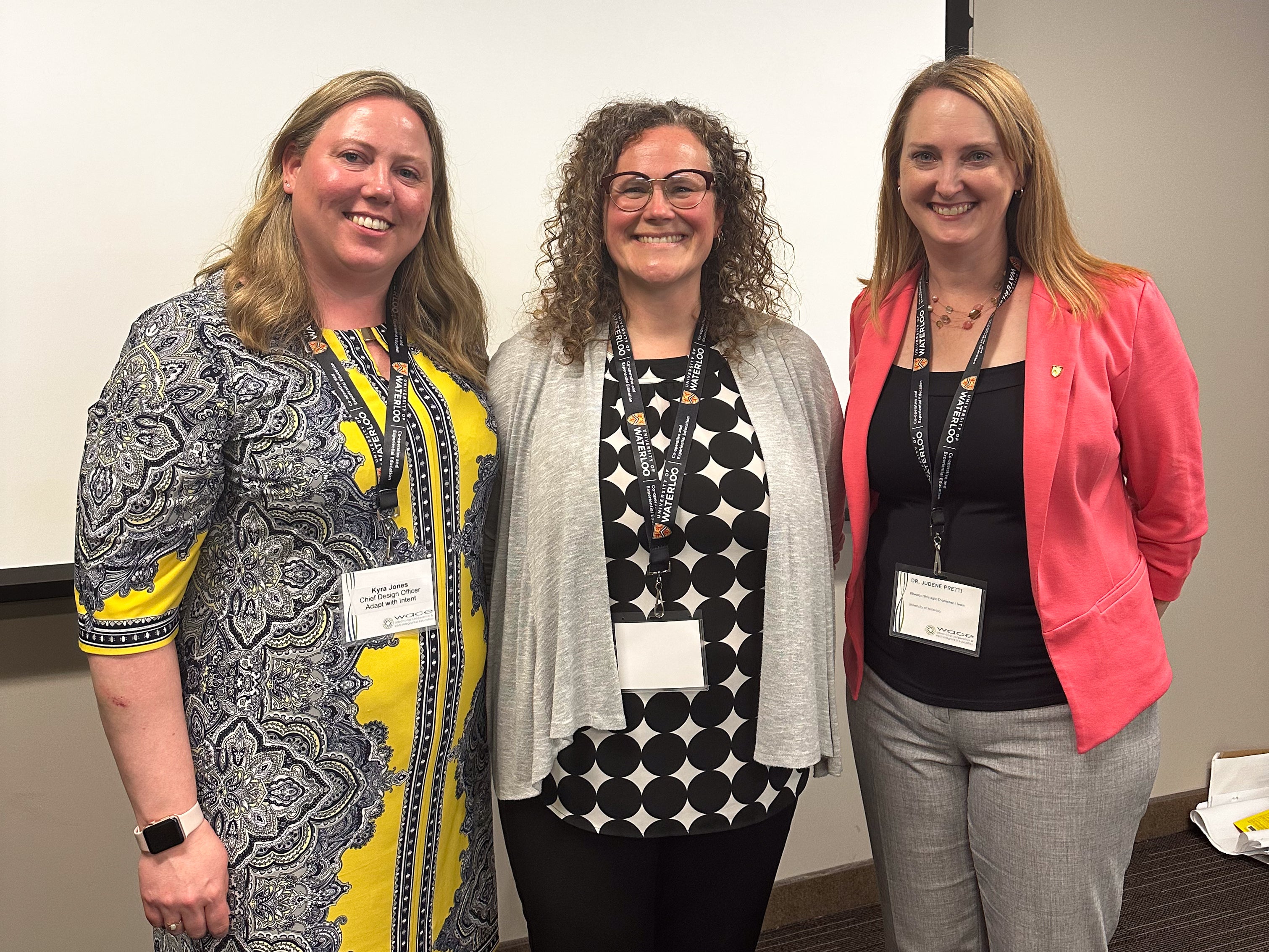
Kyra Jones, Jodi Szimanski and Dr. Judene Pretti lead discussions on bi-directional and co-generational learning opportunities at the 2023 WACE conference.
A panel session held on Wednesday, June 28, separated the more than 30 international leaders into small breakout groups various times during the session, where they had the opportunity to share both their lived and professional experiences.
Pretti started the session by discussing how preparing students for the workforce has been an important topic during the WACE conference. Networking events, mock interviews, mentorship, co-operative education and other forms of work-integrated learning are programs that institutions are offering students around the world. These programs enable students to connect and learn from professionals while gaining real work experience.
“We hosted an undercover networking event where we neutralized the brand names and gave students a prompt instead, so they didn’t know which companies were present,” said a faculty member from Northern Alberta, who shared an example of a successful WIL program at their institution.
“It was to teach the students that networking is not about ‘that person once told me that they might have a job for me,’ instead we had them network with everyone across the room. Students loved it because they felt less intimated when speaking to someone who just had a cool shirt on, instead of knowing that person worked for this [specific] company.”
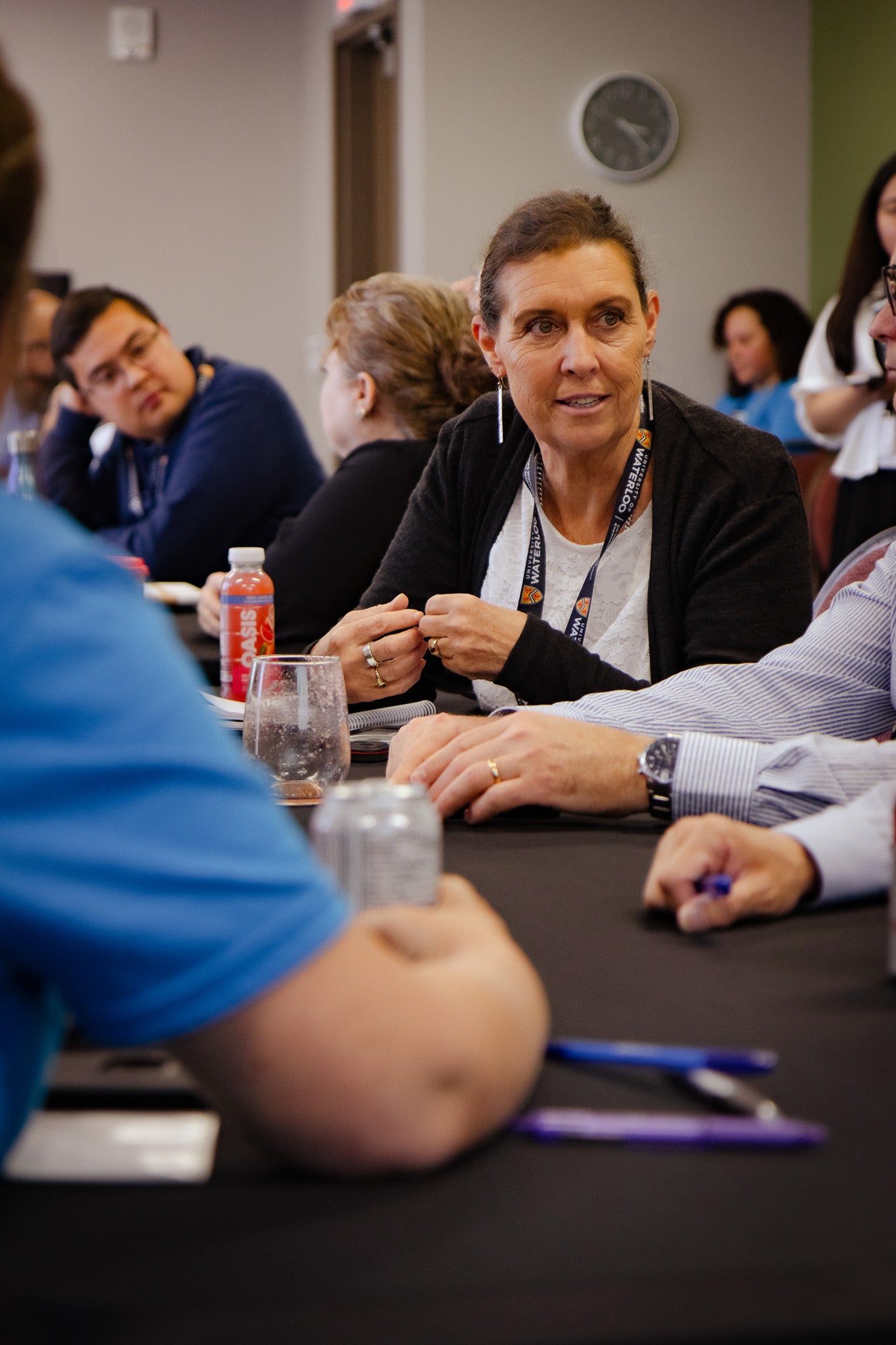
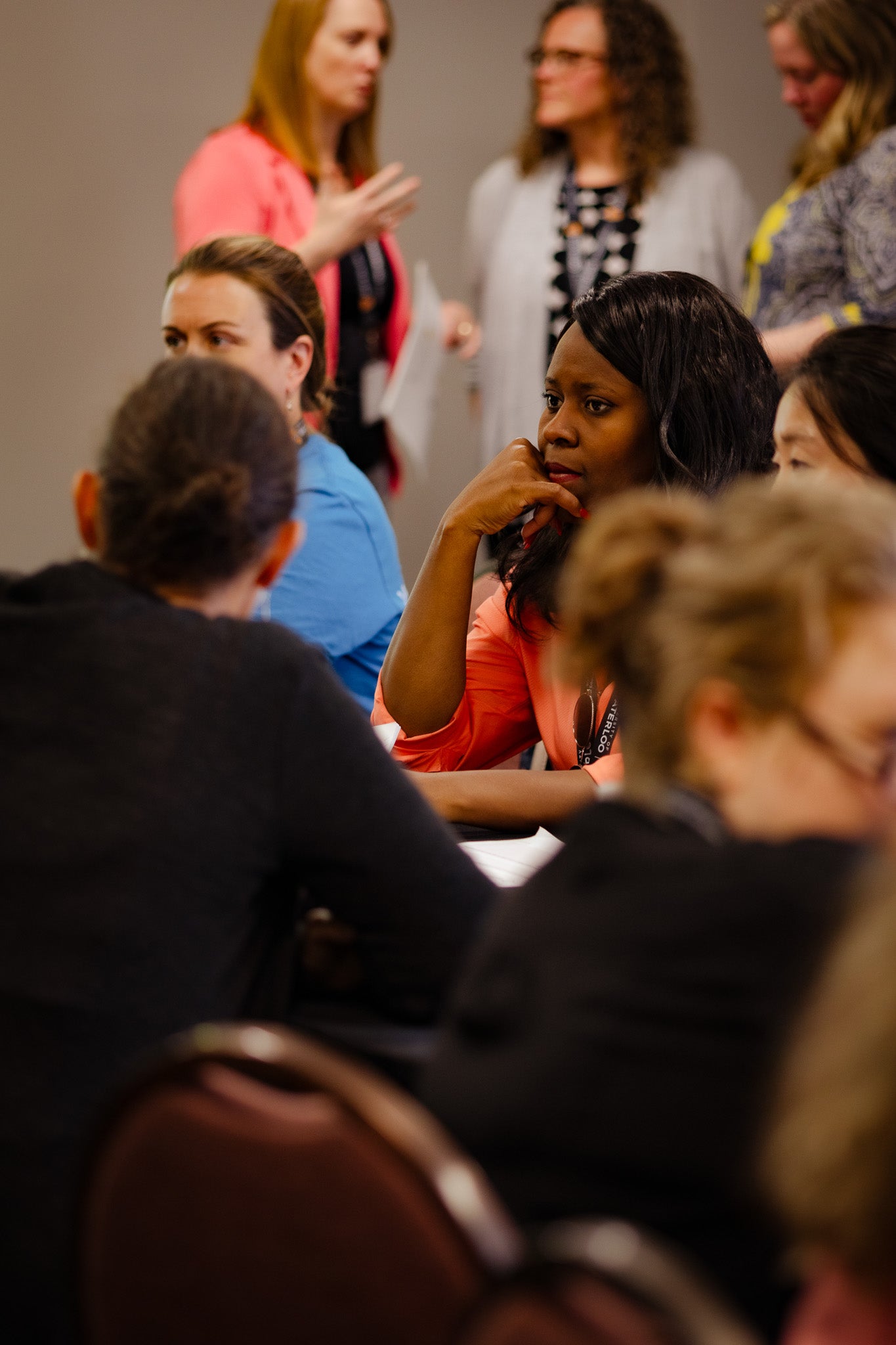
The group also discussed how having a smaller mentor-to-student ratio has been a significant factor in making WIL programs work effectively for students and the employers. A smaller student ratio allows for the relationship to develop naturally throughout the WIL program, and by the end, students will have gained the confidence to turn to their mentor for advice.
Kyra Jones, faculty member at Wilfrid Laurier University and chief design officer with Adapt with Intent, Inc., led the second discussion on how learning from a bi-directional relationship can be beneficial for everyone. Where both a WIL student can learn from the more experienced person in the workforce and vice versa
Jones then discussed Lave and Wenger’s idea of “legitimate peripheral participation”, that theorizes that as a newcomer comes into a space and learns from the experts and eventually, over a period of time, the newcomer then becomes the expert.
She challenged that theory by asking the group, “What impact does the newcomer have on the system … how does the new person’s point of view that they’re bringing to that organization, change the organization itself?”
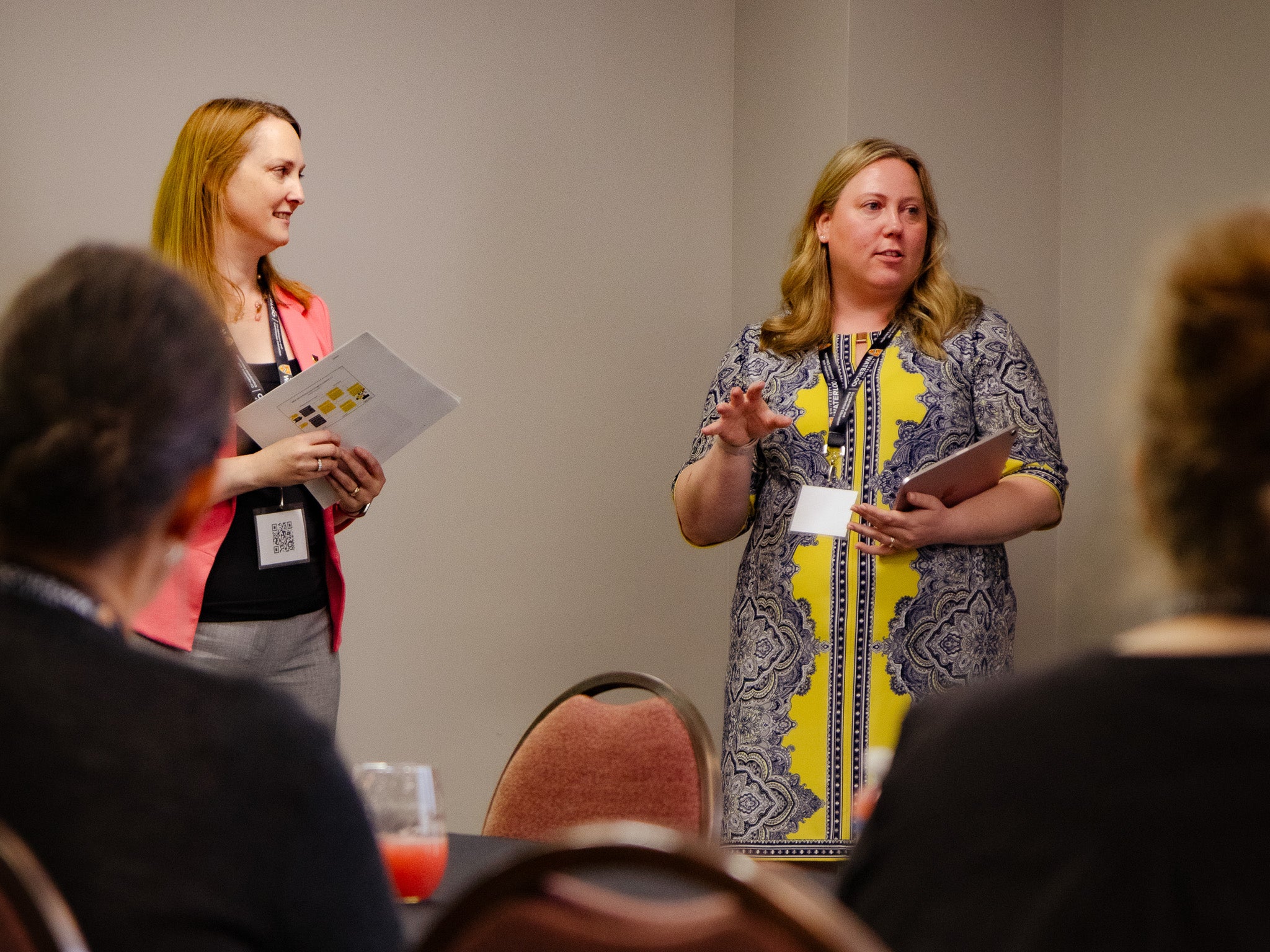
Kyra Jones, chief design officer at Adapt with Intent, leading the second discussion on how learning from a bi-directional relationship can be beneficial for everyone.
Jones explained that by focusing on the development of the relationship instead of the quantity of exchange, not only does it provide a more in-depth experience, but also fosters an authentic connection that can lead to a long-lasting relationship for both the student and the mentor beyond the WIL program.
“I see a lot of students ask me about their network, where they need someone to add them to their LinkedIn,” said Jones, sharing her experience as both a faculty member and as a higher education consultant working with students. “It’s a very transactional [method] versus building a depth of network and knowing that you can actually go back and speak to that person [for support].”
Jodi Szimanski, associate director of communications, engagement and digital experience for CEE, led the final discussion on how the group can further implement bi-directional and WIL programs within their institutions.
One breakout group suggested that “culture, gender and intellectual are three different schools of thought” institutions should factor in when tweaking current WIL programs to be a more two-way learning experience for students. By including diversity within the student-mentor exchange, students can benefit from a broad range of experiences when learning from a mentor who has a different culture, gender or intellectual framework than them.
A second group suggested that by adding elements of shared values and complementary skills, institutions can further enhance and diversify a WIL program. Whether it is offering a diverse set of skills or learning styles, the student-mentor relationship can benefit from experiencing a broad range of perspectives. But having those shared values and goals can help maintain a long-lasting relationship, where the mentor and mentee can continue to have open conversations while working together towards their desired results.
Jones, Pretti and Szimanski encouraged the group to take what they learned during the session as they continue their work on building bi-directional learning in WIL programs. With the intention that students can feel prepared after graduation to enter any workspace and work effectively with multiple generations and experiences.
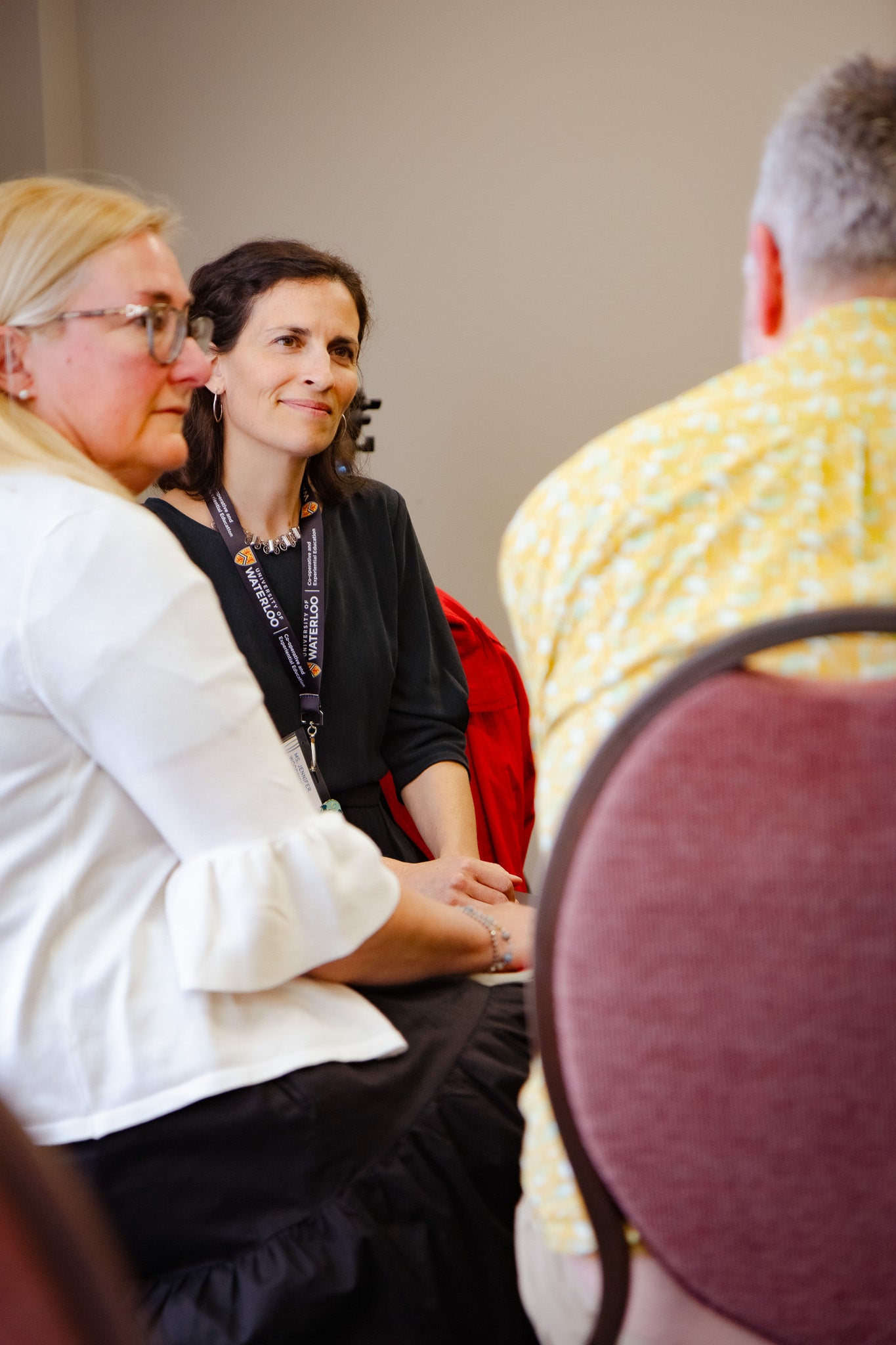
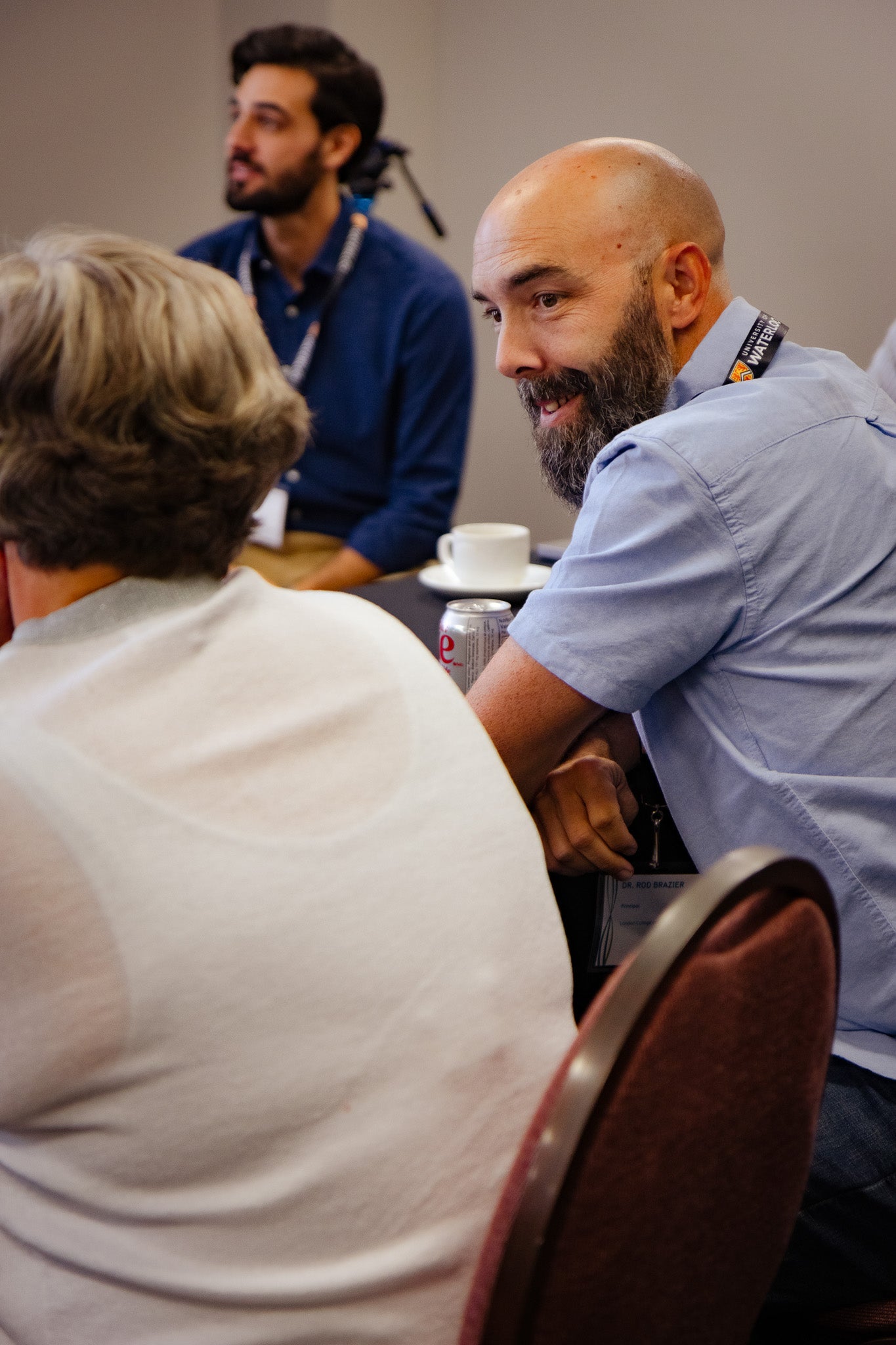

Read more
David Johnston and Vivek Goel discuss the role of educators in helping to guide today's learners
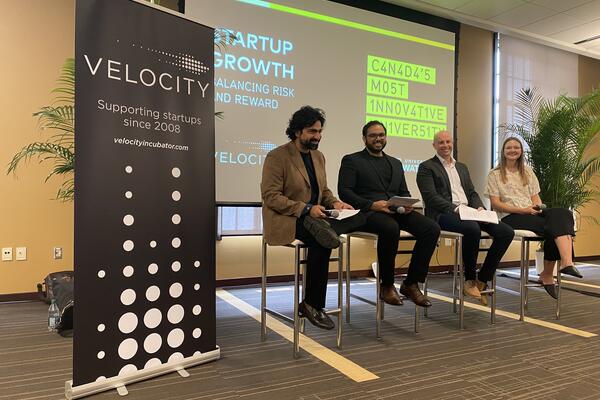
Read more
Experts from Velocity share insights on how to successfully grow a business at Collision
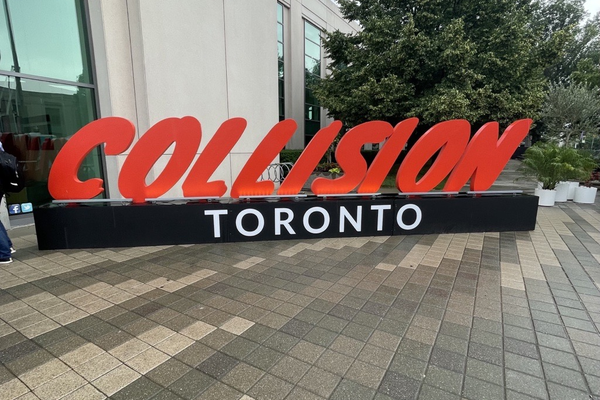
Read more
Waterloo AI experts lead a masterclass at Collision on how business leaders can unlock the transformative potential of LLMs
The University of Waterloo acknowledges that much of our work takes place on the traditional territory of the Neutral, Anishinaabeg, and Haudenosaunee peoples. Our main campus is situated on the Haldimand Tract, the land granted to the Six Nations that includes six miles on each side of the Grand River. Our active work toward reconciliation takes place across our campuses through research, learning, teaching, and community building, and is co-ordinated within the Office of Indigenous Relations.